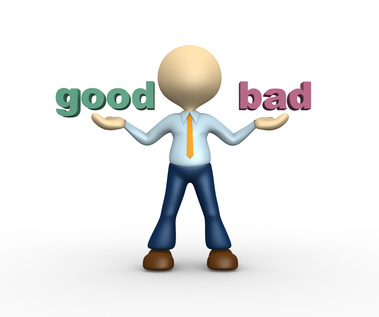What is Classroom Management?
I have taught and administered in K-12 schools for 25 years. I have evolved over time, becoming more confidant, perhaps no more so than in the area of classroom management and learning how to maintain strong student relationships. It was natural for me to also teach graduate school at some point since virtually all teachers in California are required to obtain 30 graduate hours. I have taught Teaching of Reading, ESL/ELD/SDAIE, Educational Technology, and Educational Research. Yet one commonality had to do with the questions my students asked me on the first day of class.
Almost all of them were employed as K-12 teachers, and they wanted to know about classroom management. They did not want the theory. At least not at first. They wanted the nuts and bolts, the how-to, the step 1,2,3 of it all. So I built it into each course. What did I teach them about managing students? First, a little history and context….
Some History
Prior to my own first day of teaching, I had planned for days. I barely slept that night. In college I had been a psychology major, and I had take very few education courses, thinking them extraneous. However, on my first day in teaching third grade, I found I only had 15 minutes of usable material. 25 eight-year-olds sat calmly looking for instructions on what to do next. I was up in the ethers, and they were on earth. What I also discovered on that day was that teaching is a living, breathing process. Yet one needs to plan everything.
Iteration #1: Just as no battle plan in war survives first contact with the enemy, in teaching no lesson plan survives first contact with students.
Plan, plan, plan, and be ready to discard at a moment’s notice. Yet teaching is about students and relationships, not just content. In Ithaca, New York, it all boiled down to a single needy boy in class named Ethan [name changed]. I had 25 students in that third grade classroom, and every one of them was unique. Some knew how to read, but others struggled with sounding out words. Some could write a full paragraph, but others could barely write letters without reversing them. Yet whatever they knew or did not know academically, they were young children looking for bonding, guidance and relationships.
Ethan was a lively, extremely impulsive boy in my class. He could barely contain his enthusiasm in all things. Sometimes his actions were entirely inappropriate. Yet as I learned more about him, I learned of a tragic family history that had altered how he behaved forever. His mother was murdered by his father right in front of him. He was now being raised by his grandmother.
I remember a class field trip I had arranged to a local meteorological station. As students began to get off the bus, my wife – who had volunteered to be a chaperone – jumped up. Someone had put their hand under her dress. We were both young and took it in stride. After the tour of the station, the children climbed back on the bus. Ethan ran up to us before boarding, “Do you want to know who did that to your dress? It was me!” He laughed gleefully and scampered onto the bus. My wife and I couldn’t help but laugh as well.
Ethan and I touched each other’s lives over the course of the school year. He was extremely bright, yet the trauma of witnessing his mother’s death was not something that would easily fade. He needed acceptance as a person, yet clear guidance in behavior. Both took time.
Other students in the class were nearly as complex. I learned over time that teaching is about developing relationships, not just about subjects and standards. If there is no meaningful relationship between teacher and student, then engagement in the learning process is severely diminished.
Iteration #2: In the classroom, the teacher and students learn together. They learn to move together as a single organism.
Some Management Guidelines
Many books and articles have been written about management. There are some good resources that I list below. However, my own approach can be stated simply.
- Be authentic, be consistent, and be caring
- Everyone can learn, but you have to make lessons engaging.
- The classroom is a learning environment. Set high standards.
- Develop relationships. Treat students with respect, and expect them to treat each other the same.
- Keep rules simple. If you have more than fingers on your hands, it’s too many.
If you would like a useful article, try this from NEA. It is called Discipline Checklist: Socializing.
If you are a visual learner, then watch Classroom Management Techniques, a series of videos from Edutopia. You may also find this article very useful: Classroom Management: Resource Roundup.




